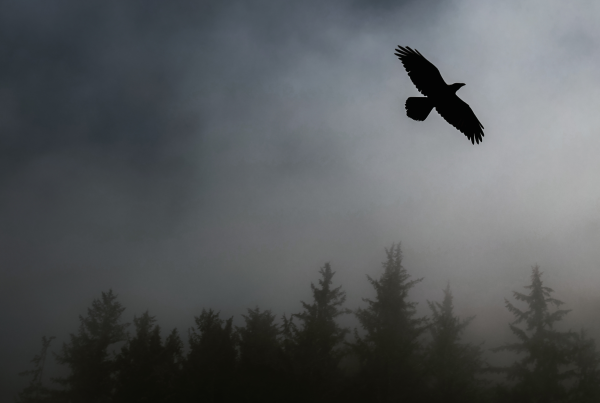Pulling off the emotional encumbrances of this past summer and getting back in the game!
In June my father died. It was relatively sudden and completely shocking. It took me out of this intensive world of fundraising and awareness building for causes like Beaver Lake Cree Nation for quite some time. Even when I tried to return to work, it was surface only. I was walking wounded.
It is still hard and I’ve decided to use the energy I put into grieving toward this work that I believe in almost as deeply as my love for my father.
Returning with zeal, I found a document that I wrote back on May 7, 2009. RAVEN was one month old and I wrote The Case For The Support of RAVEN as a planning document, to use with fundraisers. (We are currently in the midst of strategic planning and we needed to unearth our past documents to help us move forward.) It was actually rewarding to read! Four years on, we are still in this long effort and the reasons remain valid and poignant.
In addressing how RAVEN’s programs would enrich or affect the community, I wrote: What happens in one part of the planet affects all others. This feels particularly true of the tar sands expansion.
The case for support goes on to explain: Assisting the Beaver Lake Cree Nation in their efforts to stop the ecologically disastrous tar sands development is a chance to reverse a trend toward destroying the natural systems of the planet. The destruction of the Boreal forest and the wasteful use of energy for the extraction of dirty oil combine to make the tar sands one of the greatest threats to the future of our planet. Assisting the Tsilhqot’in Nation is a chance to prevent ecological disaster beforeit takes place.
And after four years of hammering away at this, running events, taking people on tours, making films, talking to anyone who would listen… the signs are there that the message is getting through. Carol Linnit of DeSmog Canada wrote this wonderful piece: The Most Important Tar Sands Case You’ve Never Heard Of.
That was followed just recently by this opinion piece by David Suzuki – Beaver Lake Cree Case Reveals Flaws in Envionmental Review Process. (Mr. Suzuki will be one of the keynotes at this October’s Power Shift in Victoria with Crystal Lameman. And Crystal will be speaking on October 3rd for RAVEN at the University of Victoria.)
So as the Beaver Lake Cree leadership – battered and weary from more than 5 years of keeping their groundbreaking legal action against Canada and Alberta alive – contemplate the next steps, we are there with them. The next step is a doozy. It is the one that takes the Alberta Appeal Court win, which says this legal action has the right to go to trial, and moves it in that long and expensive direction. It’s the step that says the only way now is through the goo of sticky legal issues around cumulative impacts.
Cumulative impacts, by the way, is code for “a death by a thousand cuts” as, inexorably, project-by-project, the Beaver Lake Cree Nation’s land and water is compromised by multiple forms of resource development. Canadian and provincial laws fail to take a big picture look at the “cumulative impacts” of these together before approving project. First Nations experience the front-line impacts of this development, and are fighting back through the courts. RAVEN is currently providing financial support to key legal battles that seek to shine the light on the need for the nature, pace and scale of industrial development to be reconciled with First Nations traditional ways of life and the environment that supports them.
My father was proud of our work here at RAVEN. He was a lover of nature, and taught us to respect the land and listen to its stories. So now I’m back, moving forward, knowing I’m supported by my ancestors.






